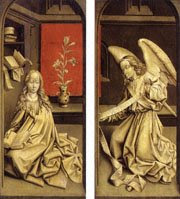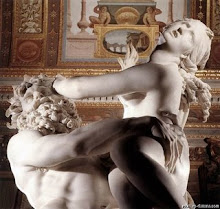


SALVIATI, Giuseppe
(b. ca. 1520, Castelnuovo di Garfagnana, d. ca. 1575, Venezia)
Biography
Italian painter (originally Giuseppe Porta). He was apprenticed to Francesco Salviati (whose surname he took) in Rome from 1535 and apparently assisted him in the decoration of a number of façades there. The gravitas and sculptural quality of the Roman figural style are reflected in Giuseppe's later work. In 1539, with Francesco, he left Rome, stopping in Florence and Bologna, where he met Giorgio Vasari, and arriving in Venice by 11 July. Giuseppe's earliest known independent works are illustrations for Le sorti, a book on fortune-telling published by Francesco Marcolini (Venice, 1540). The frontispiece, traditionally attributed to him, is copied from an engraving by Marco Dente.
He decided to settle in Venice, and spent most of his successful career in Venice, decorating villas and palazzos, although most of his frescoes have since been lost. He contributed to the decoration in the Biblioteca Marciana, and executed a number of altarpieces that reveal the growing influence of Titian and Veronese on his originally mannerist idiom.
Salviati left in 1541, but Porta stayed on, becoming famous for his decorations on palazzo façades, none of which survive. He also decorated numerous religious buildings, painting vast ceilings of illusionistic figures. For his altarpieces, Porta adopted the traditional Venetian oil technique of modeling figures using multiple layers of paint.
In 1565 Porta returned to Rome to complete the frescoes for the Sala Regia in the Vatican, left unfinished at Salviati's death. The following year he was elected to Florence's Accademia del Disegno and completed his most important commission: a ceiling fresco in Venice's ducal palace, destroyed soon afterward. In later years, he devoted time to other interests, such as his mathematical accomplishments. He published mathematically-oriented treatises on decorative column design.




























.jpg)


.jpg)











